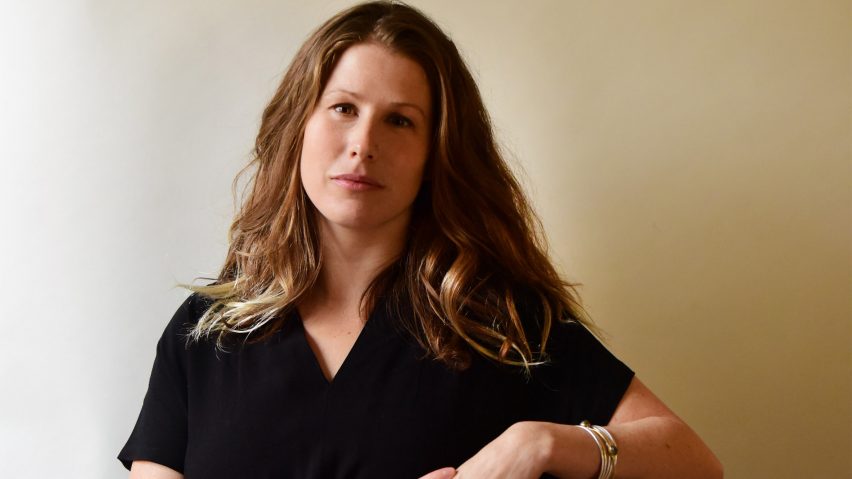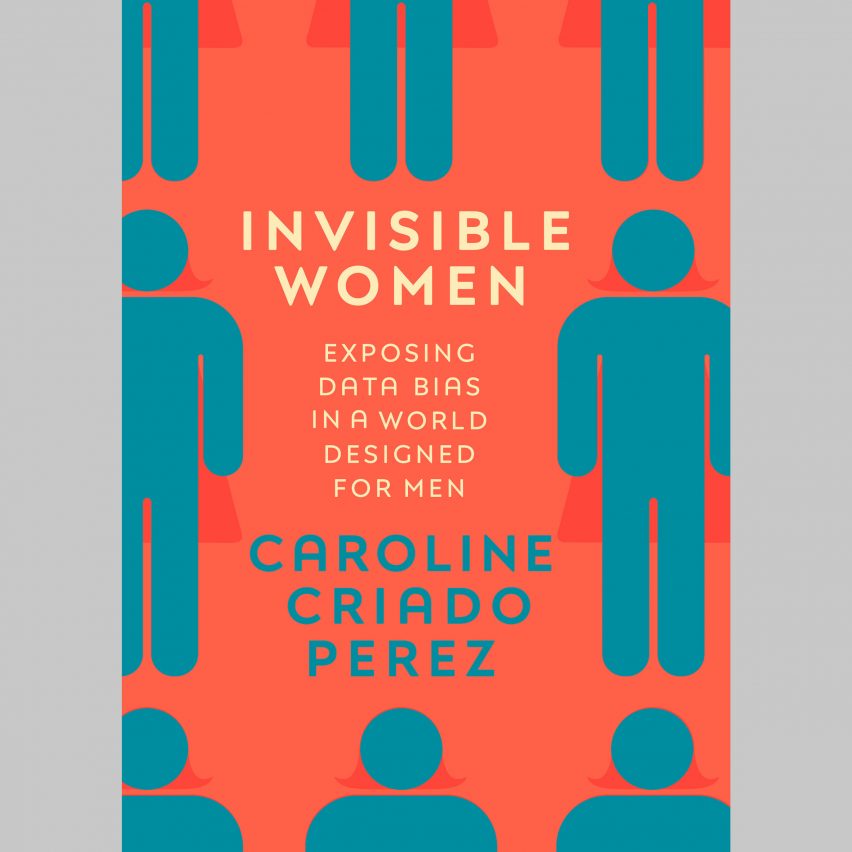
Urban planning is "really very biased against women" says Caroline Criado Perez
Cities haven't been designed to suit the lives of women, according to British writer Caroline Criado Perez, whose book Invisible Women argues that much architecture and design does not work properly for females.
In Invisible Women: Data Bias in a World Designed for Men, Criado Perez argues that zoning laws, which specify the areas of a city in which residential, industrial, recreational or commercial activities may occur, do not adequately take into account the lives of many women.
"Things like zoning are really very biased against women," Perez told Dezeen, after speaking at The World Around conference in New York earlier this year.
"This idea of zoning has been designed around this idea of a very traditional male-centric lifestyle."
"Women have different travel patterns"
According to Criado Perez, many cities have been designed around the idea that work takes place in factories or offices and that the home is a place for rest and recreation. But she argues that this does not reflect the way of life for many women.
"Women are much more engaged in unpaid care work, they have different travel patterns because they're dropping their kids off, or they're looking after the elderly relatives, and they're combining that with their paid work," she said.
Criado Perez believes mixed-use zoning should be implemented more often and that more investment should be put into public transport routes beyond those that take people in and out of commercial centres.
"Where is the workplace in relation to the home? Or in relation to the nursery? Or the doctor, or the dry cleaner? Has the public transport system been designed in such a way that it enables you to do all those things?" she asked.
Designs should account for violence against women
Not enough attention has also been paid to the threat of violence against women in the design of public spaces, according to Criado Perez.
"The thing that I think really marks women's experience and engagement with public spaces is violence against women, and how that hasn't been factored in so much to design," she said.
"We haven't designed public spaces to account for the violence that women experience, and not just to protect women from the violence, but also to account for the way that it's always in our heads."
Criado Perez says that "really simple things" such as more lights at and placing public transport stations in better-lit areas would help make women feel less vulnerable and at risk.
"Women are the primary users of buses in the daytime," she said. "At night, they're not using the buses. Why? Because the buses don't feel safe."
In her book Invisible Women, Criado Perez argues that these design failures are not intentional, but rather the result of a "data gap" in the amount of information that is collected about women.
Majority of data focuses on male bodies
"The vast majority of information that we have collected globally, and continue to collect – everything from economic data to urban planning data to medical data – has been collected on men, male bodies, and typical male lifestyle patterns," she said.
"The result is that many things in the world, most things actually, just don't work as well for women. This is the gender data gap.

To help counter these issues, Criado Perez advocates for more sex-disaggregated data – separate data for men and women – so that differences between genders can be properly analysed.
"Equality doesn't mean treating women like men, and this is a bias that we all fall into so much," she said.
"Sex-disaggregated data is really incredibly simple. Everyone needs to do it more disaggregation, not less."